Army Signal Corps to See Major Changes
The future Army signal soldier will possess a more well-rounded skillset and be better able to solve problems for warfighters, according to Brig. Gen. Christopher Eubank, USA, commandant, Army Signal School and 39th chief of signal.
Gen. Eubank made the comments while serving on two panels and in a short interview with SIGNAL Magazine during the AFCEA TechNet Augusta 2019 conference in Augusta, Georgia.
The service is entering the final phase of an effort to streamline the number of signal-related career fields known as military occupational skills (MOS) for enlisted members from 17 to seven. Of the remaining seven MOSs, one will be specifically for sergeants major. One will be a cybersecurity specialty skill. One will be a spectrum management specialty skill. And the rest will be divided into two categories—signal operations and information operations.
The first phase, which takes the service down to 14 MOSs, is complete, and the Army will likely kick off the second and final phase in September. The first phase has been approved by senior Army leaders in the Pentagon.
The paperwork for phase two is awaiting approval at U.S. Army Training and Doctrine Command (TRADOC) headquarters. Once phase two is approved by TRADOC leaders, the paperwork will be sent to the Army leadership in the Pentagon. “Phase two is all about finalizing training and resources. When we get that paperwork signed, we will execute phase two in 2023,” Gen. Eubank said. He added that the entire process takes about three years because it requires comprehensive changes, such as developing training curricula and preparing instructors.
The ultimate goal is to better prepare signal soldiers to solve problems for warfighters, he explained. The current array of MOSs are “stovepiped,” meaning they are narrowly defined. The result, all too often, is that when a warfighter needs help and turns to a signal soldier, that soldier’s skillset or expertise is too narrow for the task. “We have an individual that does satellite [communications]. We have an individual that does helpdesk. We have an individual that does tactical radios,” the general elaborated. “The signal soldier for multidomain operations is going to be multifaceted, multidiscipline.”
Signal soldiers often are cross trained, especially as they move up in rank, so the new multifaceted approach simply formalizes existing common practice. “For me, it’s about how we provide a signal soldier that can deliver services to the warfighter at the speed of need, at the speed of war, in order for command and control and mission command to happen in a timely manner,” Gen. Eubank said. “We hope to deliver a signal soldier that not only can deliver communications but is a teammate and a leader.”
Perhaps most importantly, the general stressed, the future soldier will have to know how to protect data. “What makes me nervous any given day is data. We can deliver a pipe, we can provide all the systems we want, but if we can’t get to our data, that’s going to be a problem,” he stated. “And we’re not talking about a 16-megabyte thumb drive worth of data. We’re talking about a lot of data.”
Among other dramatic changes, the Army is restructuring its 24 Expeditionary Signal Battalions (ESBs). Some will become Expeditionary Signal Battalions-Enhanced (ESB-E), smaller units with more capability. For the past year, the 58th Signal Battalion has been part of an ESB-E pilot effort. The battalion has gone from more than 400 personnel to about 375, and four-person teams now deliver more capability in two trucks than a nine-person team with three trucks and three trailers once provided.
“It is a brand new organization created out of an old. It is lighter, leaner, faster, more mobile. It provides more capability with less footprint,” Gen. Eubank said. “We are set to start converting ESBs to ESB-Es in 2020 at the rate right now of about three per year. No decision has been made about who’s next, but we are in the throes and making progress on that.”
It remains to be seen, though, how many of the ESBs will transform into the enhanced version and how many will become entirely new kinds of units designed to fill gaps in the service’s signal force structure. “As we look at the signal structure for the future, some ESBs might not exist in the future based on the increased capability that we’re growing inside the ESB-E. Not all will get converted. There are some that will convert to fill other gaps in our signal structure.”
The service is undergoing a comprehensive review of its signal force structure. “For the last two and half years, we’ve looked at the entire signal regiment from the one soldier in an infantry company to the expeditionary signal commands. We are now looking at every piece of signal structure and seeing where we have gaps … and starting to close those gaps,” Gen. Eubank reported.
The review includes division-level capabilities, and strategic and tactical assets in theater, as well as regional cyber centers, signal commands, and individual soldiers in combat units. “We’re taking a holistic look at the signal regiment from strategic signal commands down to the individual inside an infantry company to ensure we’re postured for multidomain operations in 2028,” Gen. Eubank stated. “We’re forming the signal soldier, reshaping the signal structure and then modernizing the training environment in order to get after the first two.”
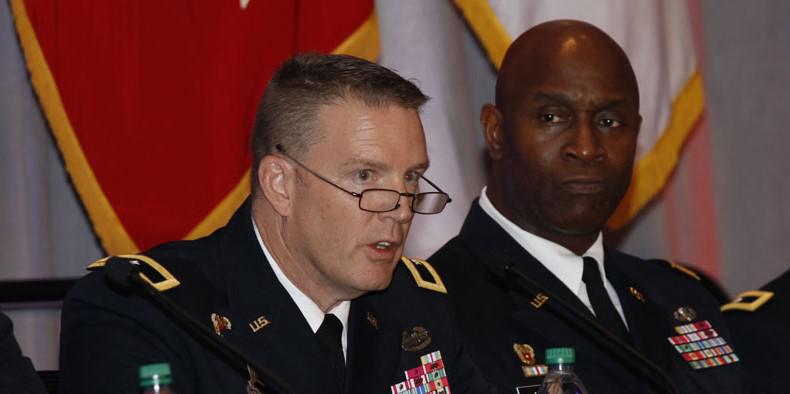
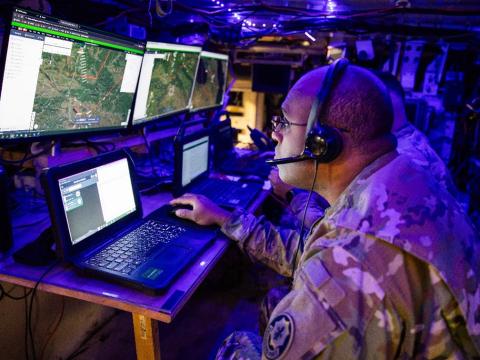
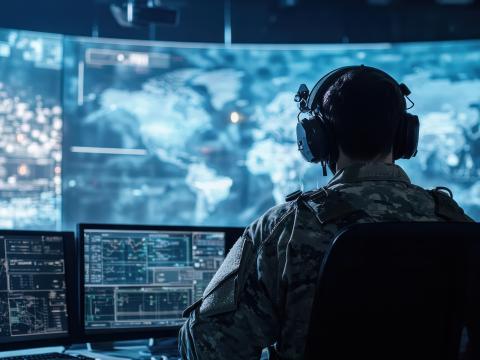
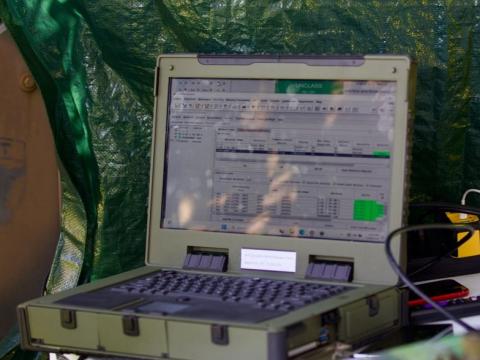
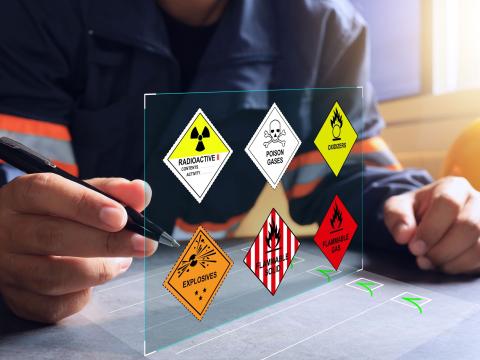
Comments